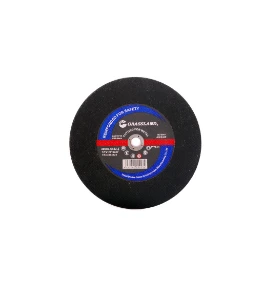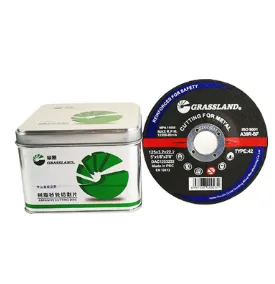

Mastering the technique of using an angle grinder on sheet metal can significantly affect the final result of your project. Always initiate the cut at a lower speed, gradually increasing as you become more comfortable. This approach minimizes the initial shock to both the user and the metal, ensuring a straight, smooth cut. For newcomers, practicing on scrap pieces can build confidence and reduce material wastage. Noise and sparks are inevitable by-products of angle grinding on metal. Working in a well-ventilated space not only disperses airborne particles but also ensures compliance with safety standards. Use noise-canceling ear protection to avoid prolonged exposure to loud noise, which could lead to hearing damage. The choice of an angle grinder isn't just about its immediacy in cutting; it should also align with long-term goals and sustainability considerations. Cordless angle grinders offer unmatched portability and can be ideal for fieldwork, eliminating reliance on mains power. However, ensure that your choice meets the required power needs and that spare batteries are readily available for lengthier tasks. In conclusion, angle grinders are exceptional tools for sheet metal processing, offering precision, efficiency, and multiple applications. By selecting the right accessories, maintaining rigorous safety standards, and honing your technique, you can deliver professional results regardless of your project's complexity. With the right knowledge and preparation, your angle grinder will be a key contributor to your workshop's success, reinforcing both the quality and speed of your metalworking endeavors.
Post time:Jan - 24 - 2025

















